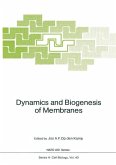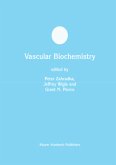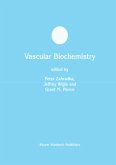The Conference "Chemical and Immunologic Approaches to the Cell Surface" was organized as a multifaceted interaction between scientists representing various disCiplines impinging on membrane bio logy. In many instances, this broad mixture of investigators yielded quite unusual scientific associations and interesting new dimensions to old prob lems, as the workers came to appreciate the advallces, the shortcomings, and the hurdles of each area. Structural concepts of the membrane--the nature, orientation, and inter-relationship of components--are emerging primarily from work on erythrocytes. Our understanding of surface biology demands reconstruc tion from the meager, but rapidly emerging, structural information. The excitement of membrane research depends in no small part on the concept that membranes are not static crystalline structures but rather dynamic systems with variable interrelationships between mUltiple components and phases, reflecting external environmental and internal cellular events. Modulation of the membrane can be readily studied in systems where dis crete pertubation is introduced into the surface structure by stimulation with mitogens or reactions of immunoglobulins, reSUlting in wide-ranging effects. Examination of sequential changes such as patching and capping, in intact cells or in artificially reconstituted lipide, or lipide-protein, membrane systems probably represent useful iatrogeniC probes to mimic genuine in vivo biophysical phenomena related to the mobility, cooperative ly and constraint of surface components.








